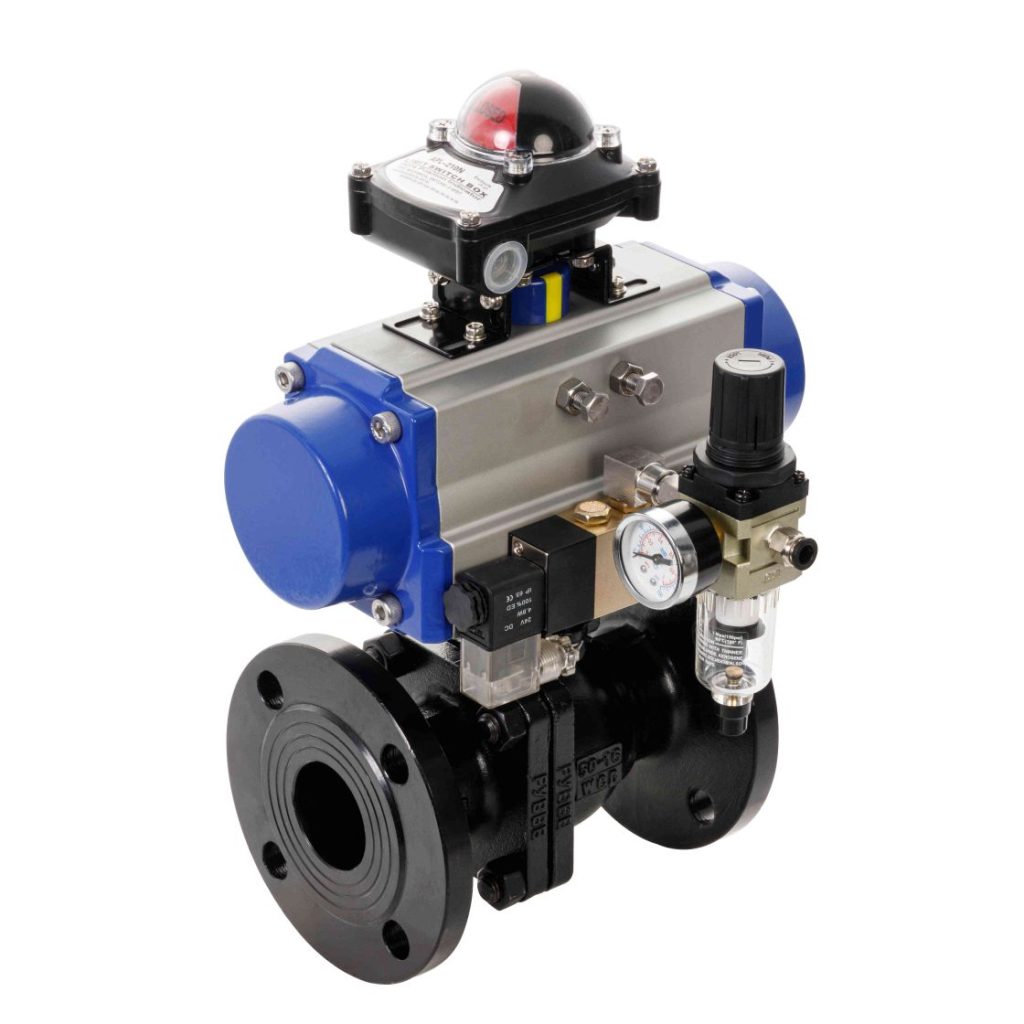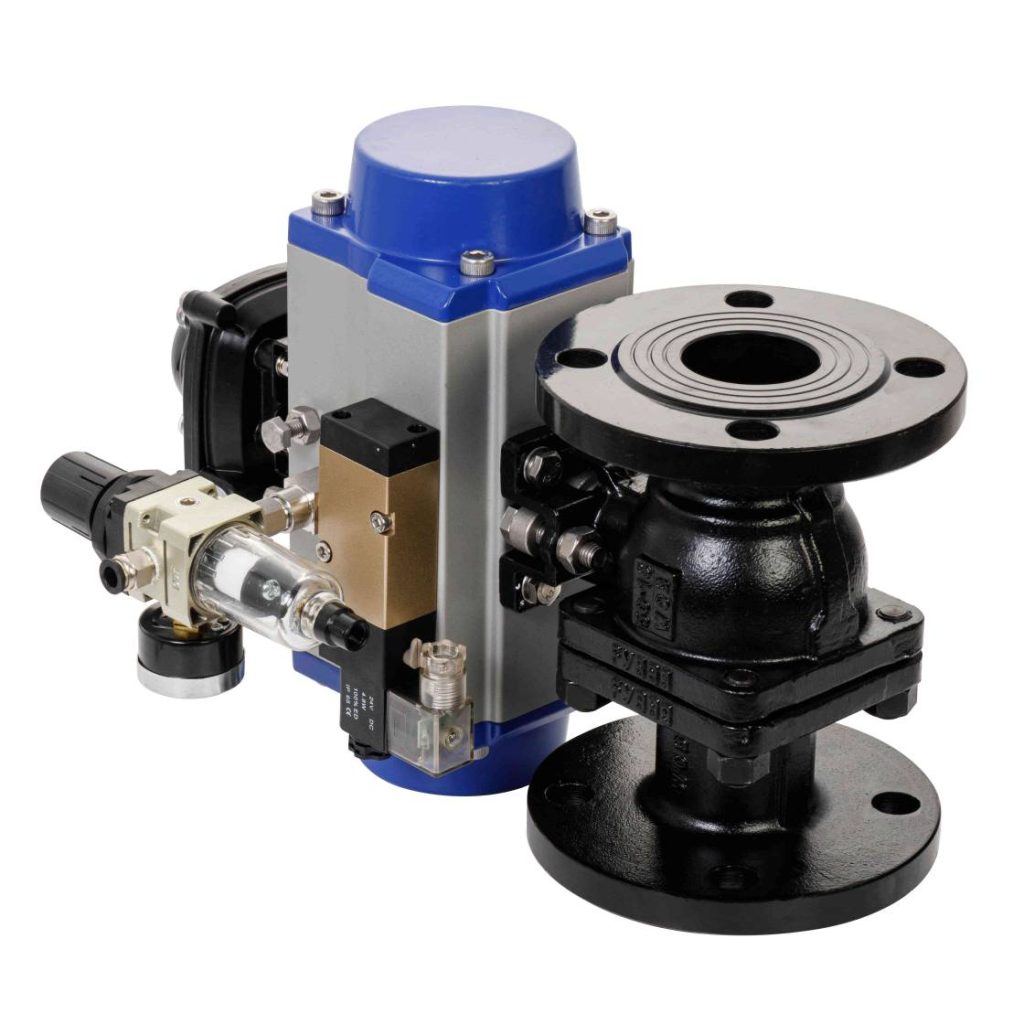A pneumatic ball valve is a type of valve that uses compressed air to open, close, or regulate the flow of liquids or gases through a pipe system. This valve is widely used across various industries due to its precision, speed, and efficiency in controlling fluid flow. The pneumatic system, which involves the use of air pressure to perform the valve’s function, offers numerous advantages over other types of valve actuation systems. In this article, we will explore the working principle, applications, and benefits of pneumatic ball valves.

What is a Pneumatic Ball Valve?

A pneumatic ball valve consists of a spherical ball with a hole or port through its center, which rotates within the valve body to regulate fluid flow. When the hole aligns with the pipe, the valve is fully open, allowing fluid to flow freely. Conversely, when the hole is perpendicular to the flow path, the valve is closed, preventing fluid from passing through. The ball valve is operated by a pneumatic actuator that is powered by compressed air, making it a highly efficient and reliable option for controlling flow in piping systems. How Does a Pneumatic Ball Valve Work? The functioning of a pneumatic ball valve revolves around the action of a pneumatic actuator. A pneumatic actuator is powered by compressed air that moves the actuator’s piston or diaphragm. When air is supplied to the actuator, it moves the valve’s ball in either direction to open or close the flow path. The actuator may be single-acting or double-acting. A single-acting actuator uses air pressure in one direction to open the valve and spring force in the opposite direction to close it. A double-acting actuator requires air pressure to both open and close the valve.
